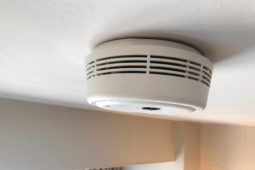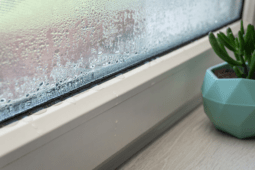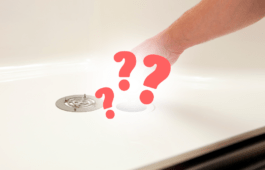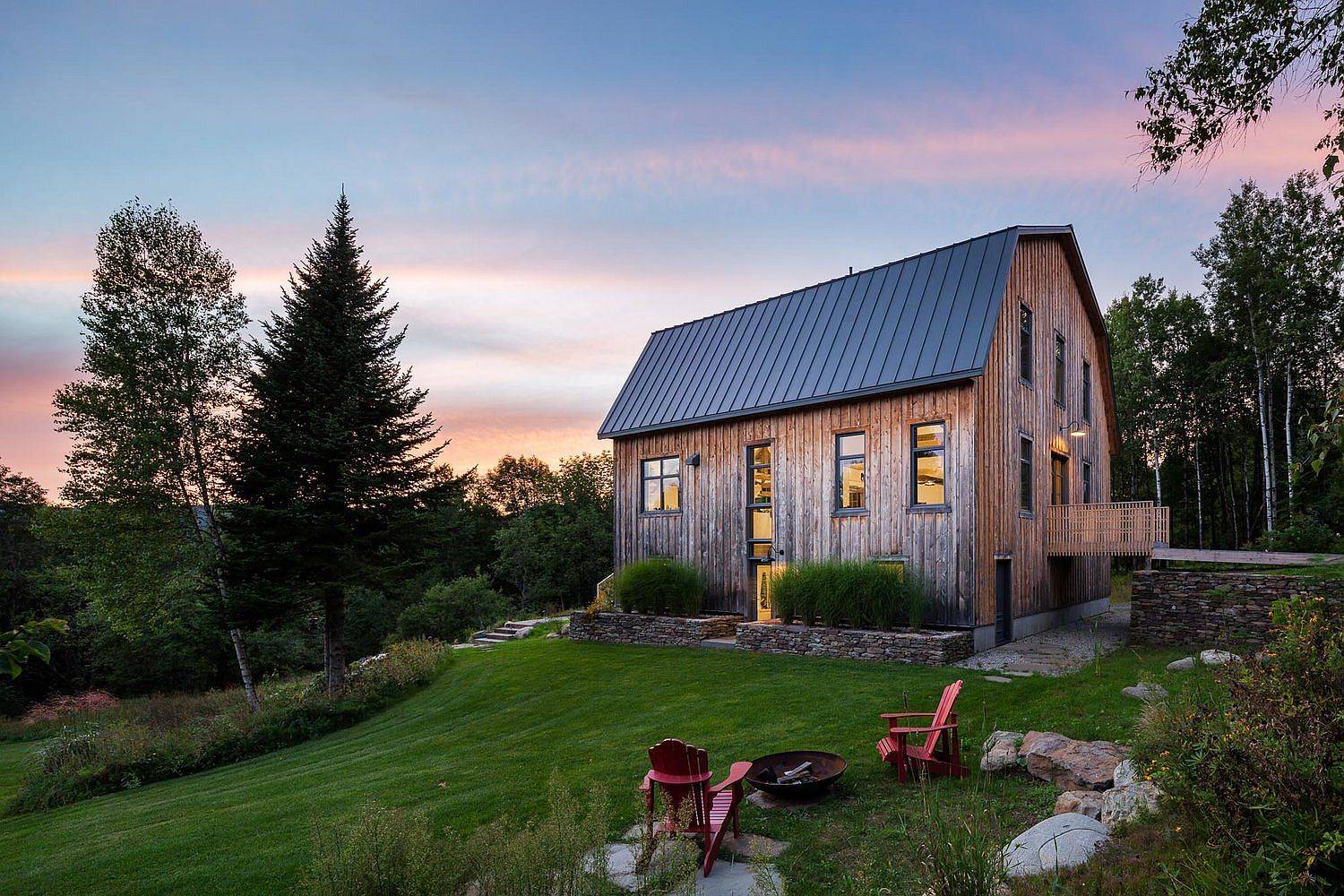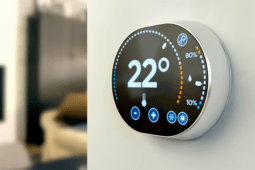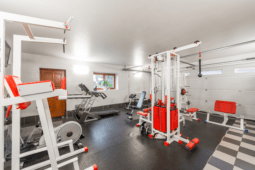A Guide for Choosing the Right Cabinet Hinges
When it comes to cabinet hardware, one often overlooked yet crucial component is the cabinet hinge. These small but mighty fixtures play a significant role in both the functionality and aesthetics of your cabinets. Whether you’re renovating your kitchen or upgrading your bathroom vanity, understanding the different types of cabinet hinges is essential to ensure a successful project.
In this article, we’ll delve into the world of cabinet hinge types, exploring their unique features, installation techniques, and maintenance tips.
Why Cabinet Hinges Matter
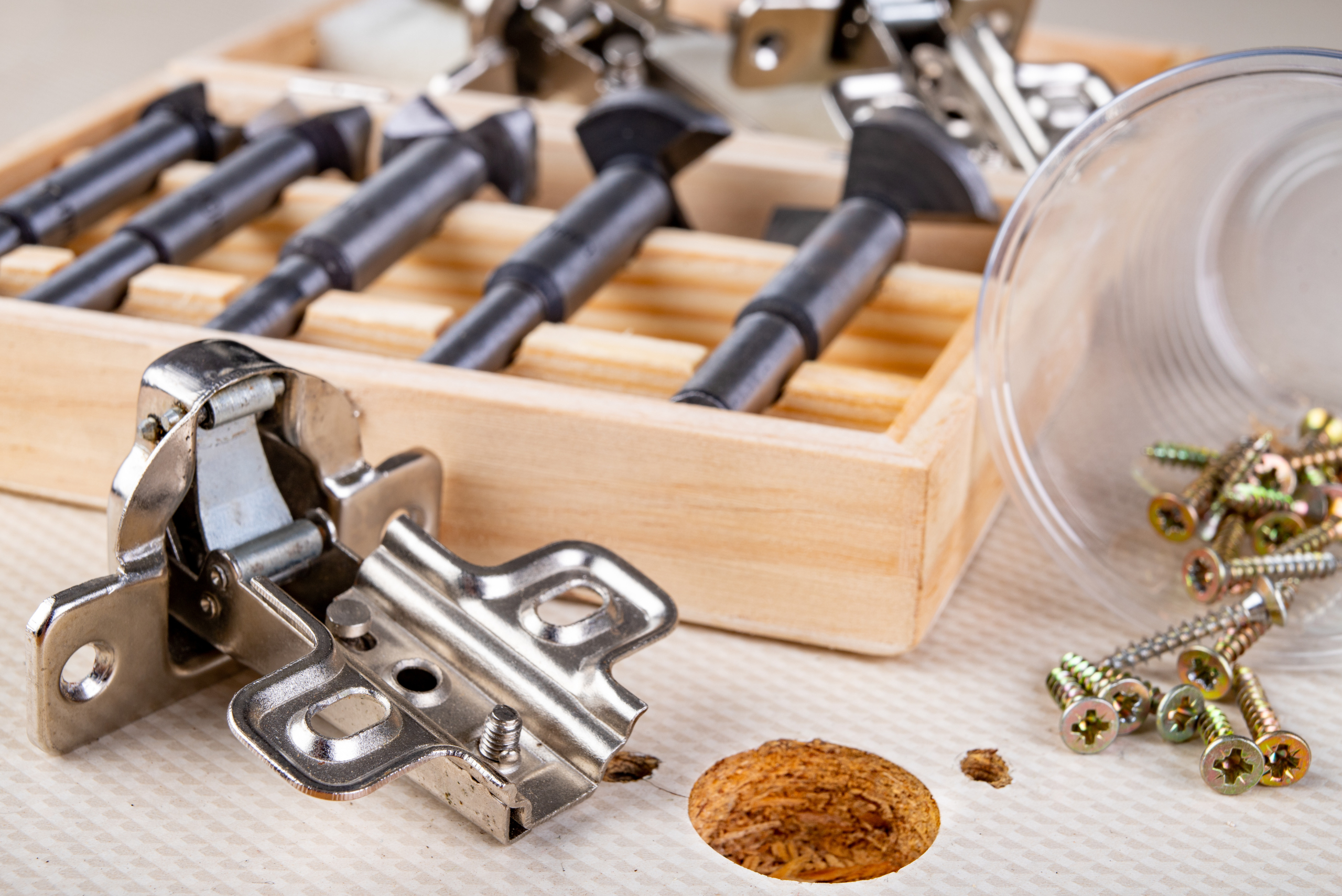
Cabinet hinges are not just mere attachments; they are the backbone of your cabinet doors. They provide the necessary support to ensure smooth opening and closing motions while keeping the doors securely in place. Additionally, the right hinge choice can significantly impact the overall look of your cabinets, complementing the chosen style and finish. Therefore, investing time and effort into understanding and selecting appropriate cabinet hinges is a worthwhile endeavor.
Overlay Hinges: The Basics
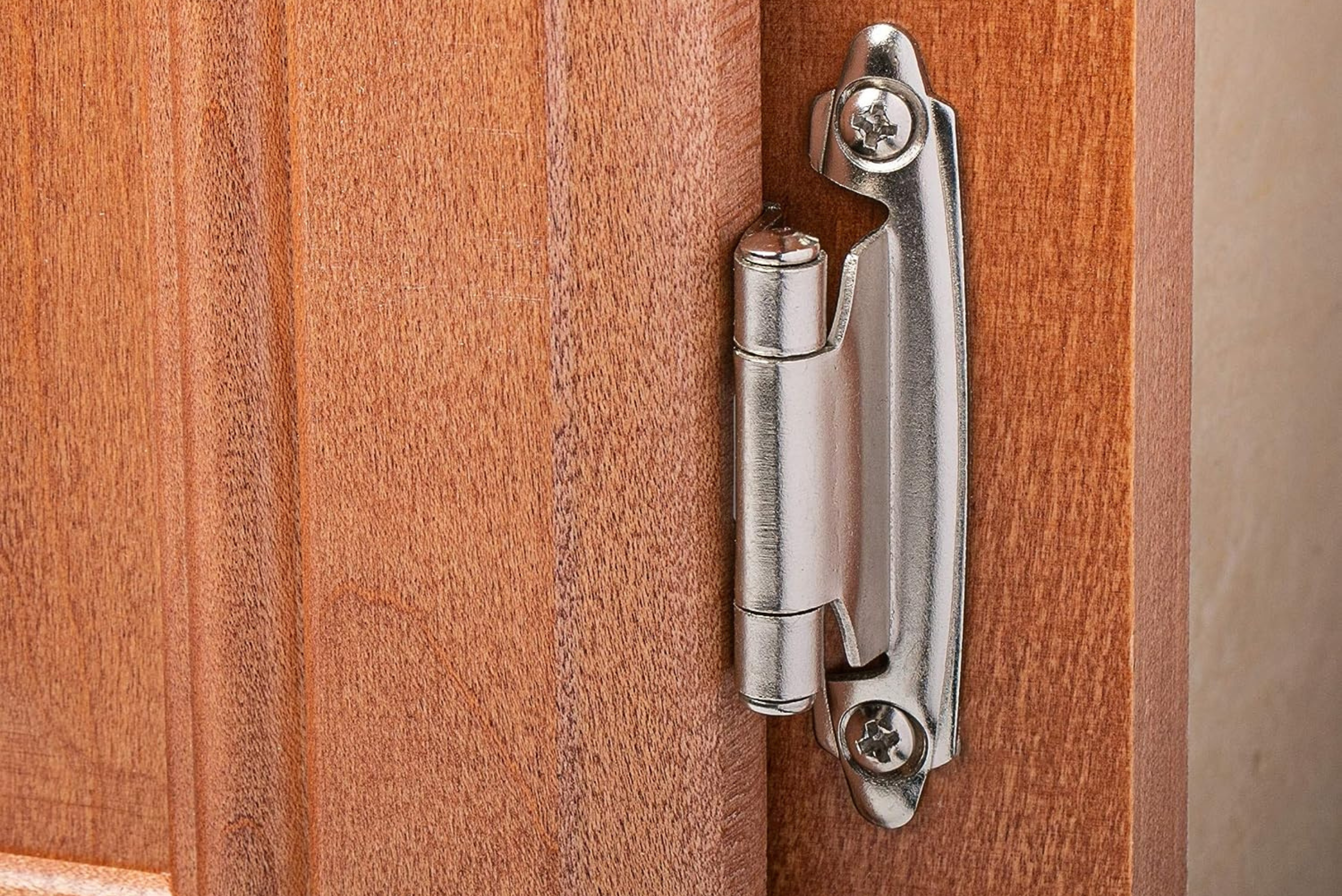
Overlay hinges are the most common type found in kitchen cabinets and are often used in face-frame construction. These hinges are mounted on the cabinet frame, and the door overlays a portion of the frame, hence the name “overlay.” There are various types of overlay hinges, including partial, full, and inset overlays, each offering different levels of door coverage and reveal.
Inset Hinges: What You Need to Know
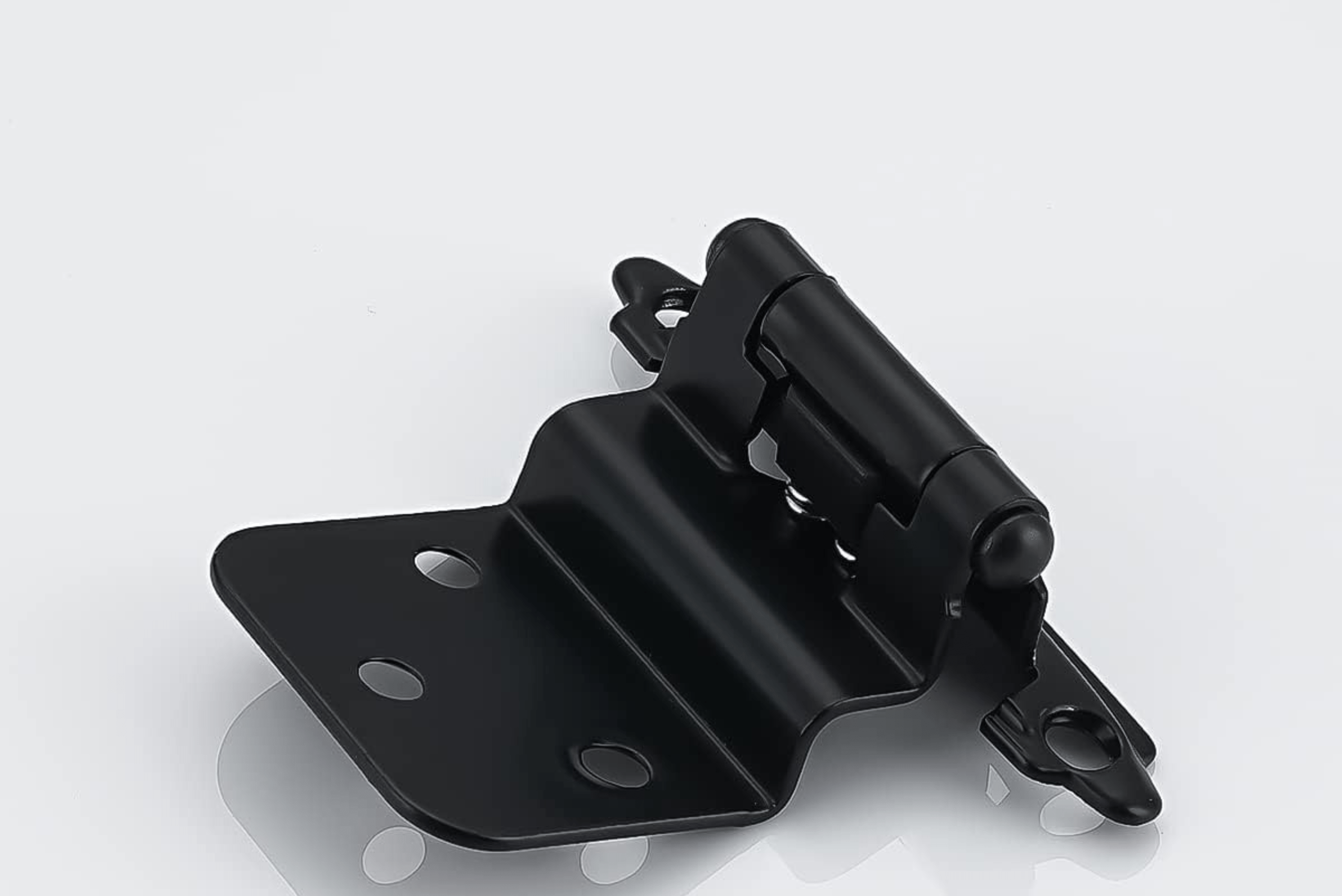
Unlike overlay hinges, inset hinges are mounted on the inside of the cabinet frame, allowing the cabinet doors to sit flush with the frame. This type of hinge is commonly used in inset cabinetry, providing a clean and seamless appearance. Inset hinges require precise installation to ensure proper door alignment and functionality.
European Hinges: A Modern Twist to Cabinet Doors
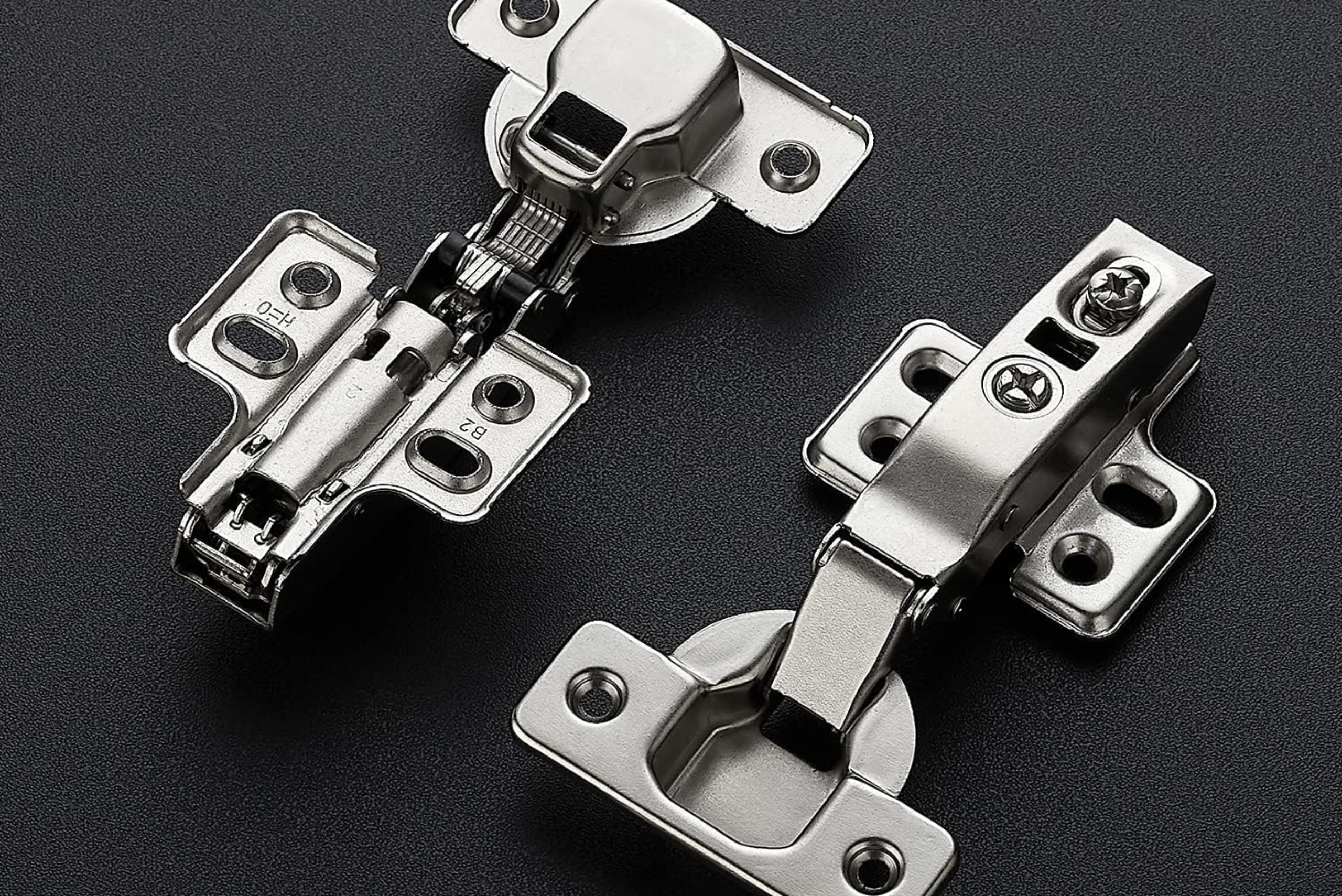
European hinges, also known as concealed hinges, are a popular choice for contemporary cabinet designs. These hinges are entirely concealed when the cabinet doors are closed, creating a sleek and seamless look. European hinges offer adjustability in all directions, making them ideal for achieving precise door alignment.
Concealed Hinges: Keeping It Sleek and Stylish
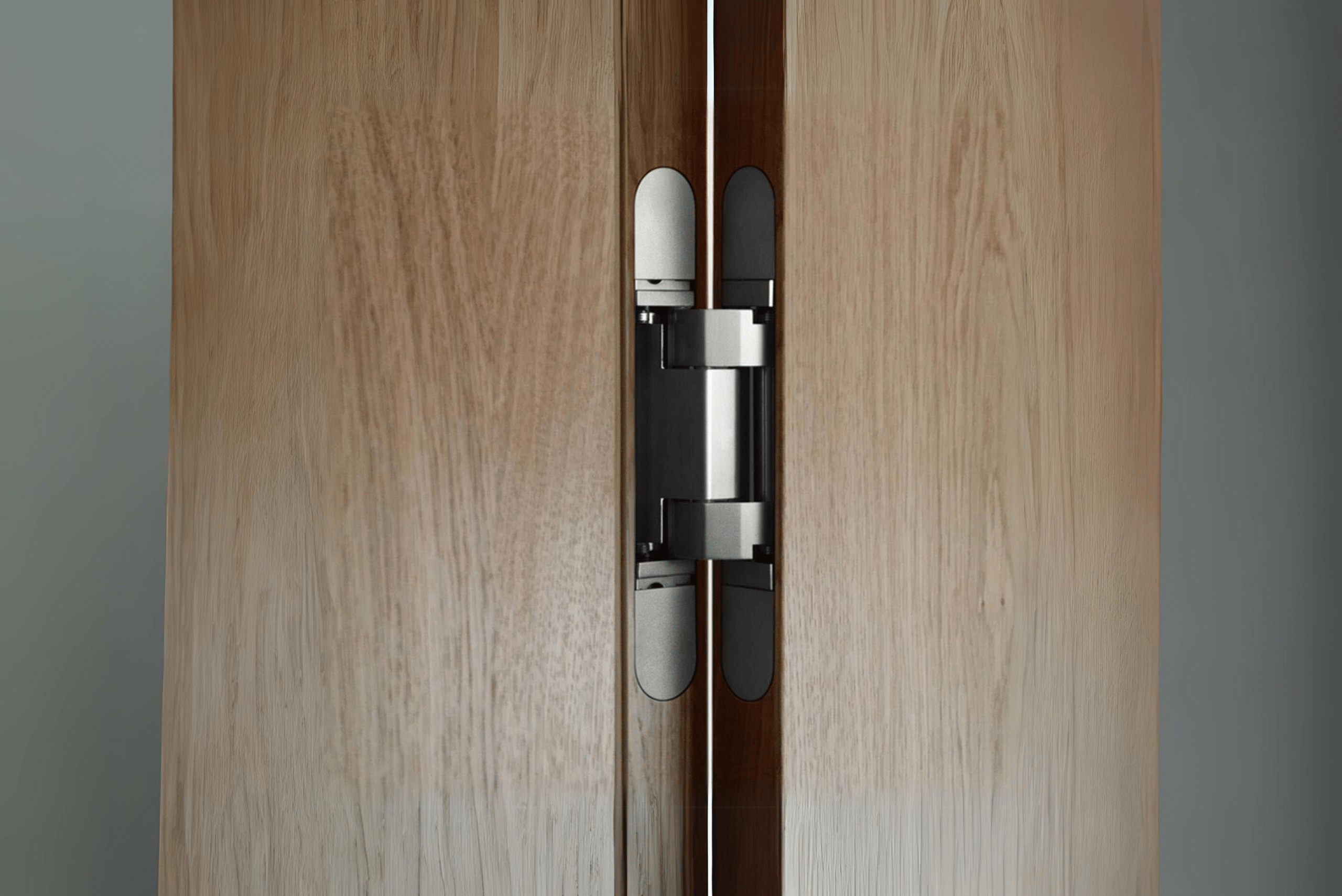
Concealed hinges, as the name suggests, are hidden from view when the cabinet doors are closed. They offer a clean and minimalist appearance, perfect for modern and minimalist designs. Concealed hinges require specific drilling patterns and are compatible with both face-frame and frameless cabinets.
Butt Hinges: Classic and Timeless
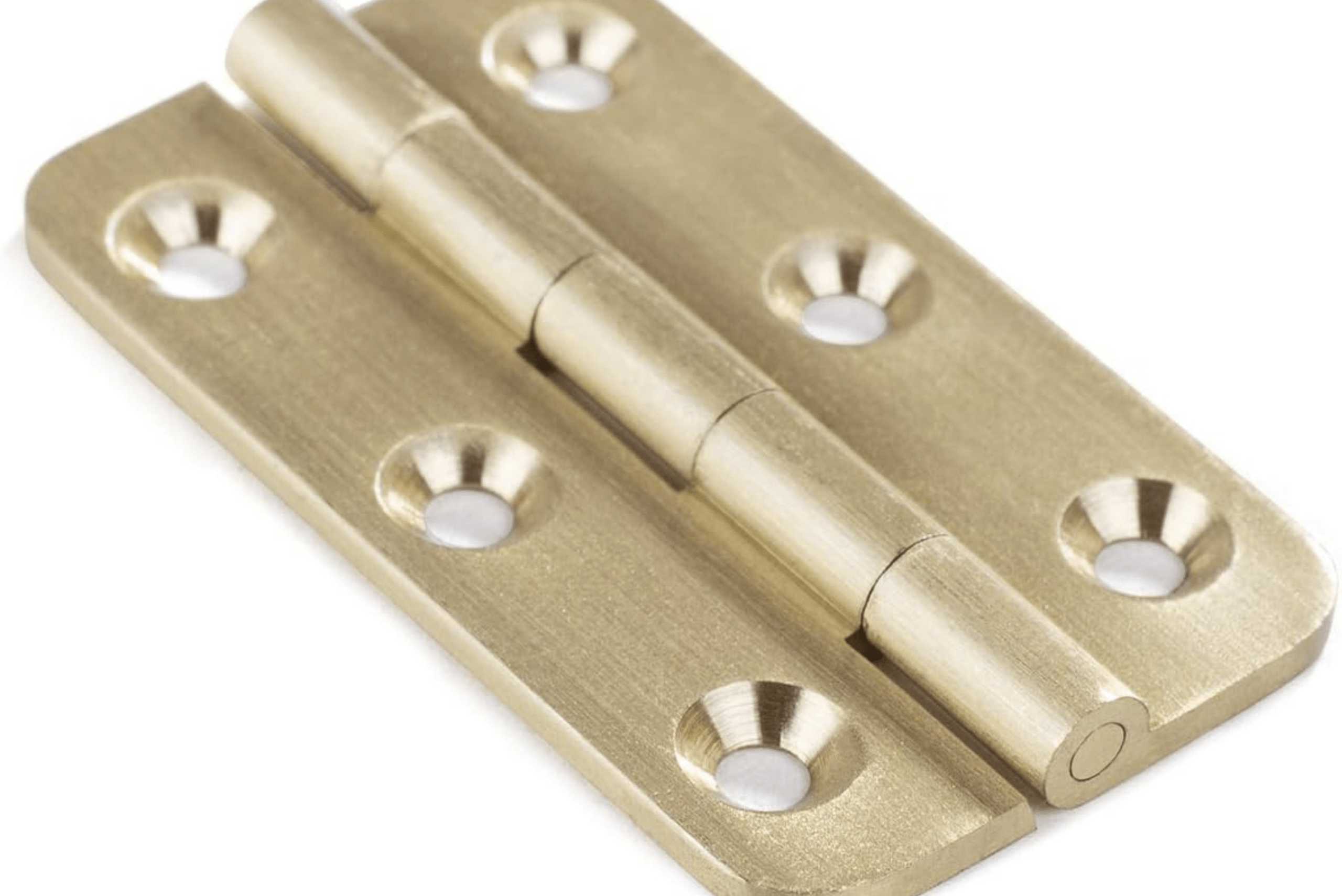
Butt hinges are the oldest type of hinge, known for their durability and timeless appeal. These hinges consist of two pivoting plates, one attached to the cabinet frame and the other to the door. Butt hinges are often used in furniture and cabinetry where a visible hinge is desired. They require careful mortise installation to achieve a seamless look.
Pivot Hinges: For Unique Cabinet Designs
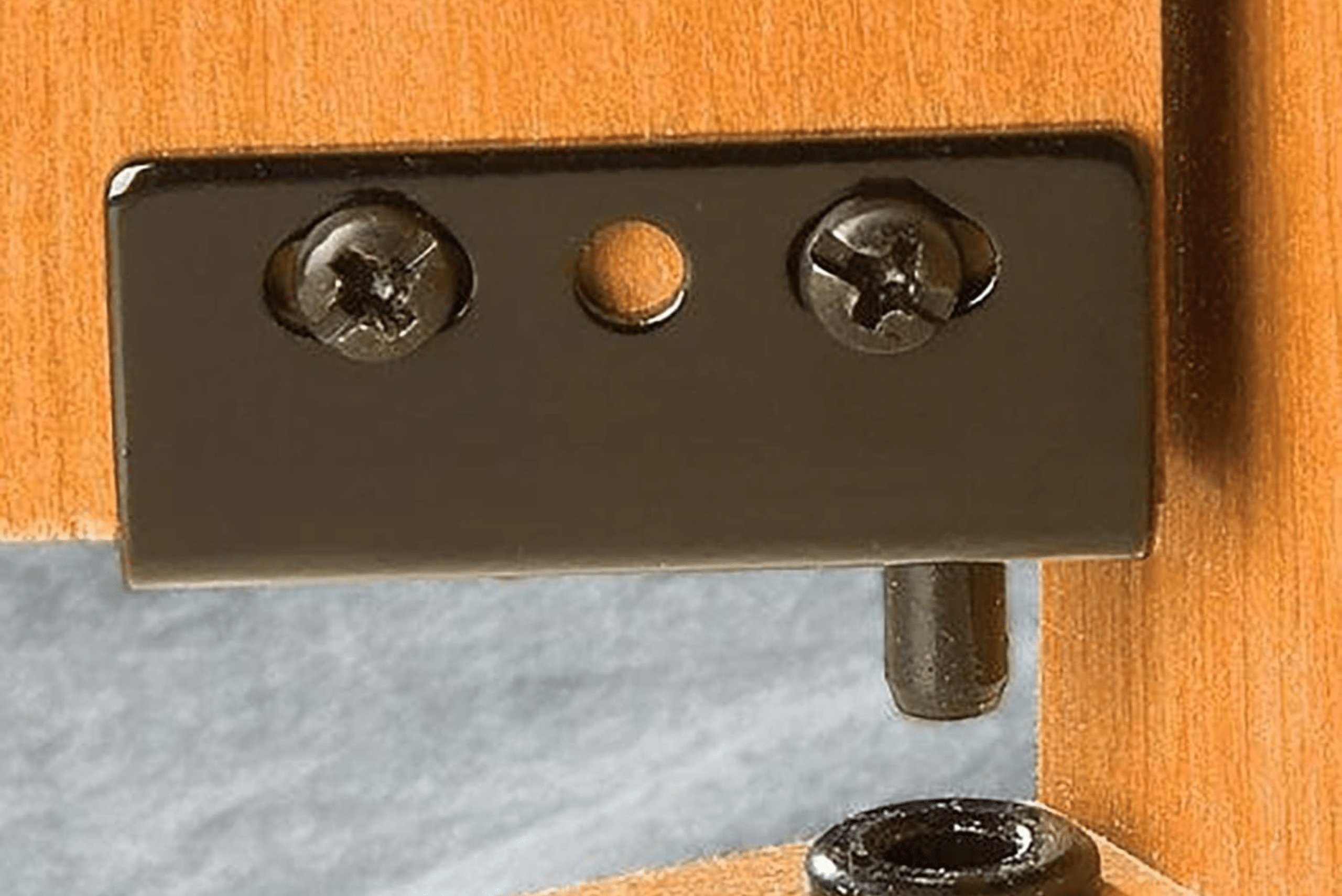
Pivot hinges offer a unique and stylish alternative to traditional hinges. These hinges allow the door to pivot open and closed, providing a distinctive aesthetic appeal. Pivot hinges are commonly used in glass cabinet doors or cabinets with unique design elements, adding a touch of sophistication.
Choosing the Right Hinge for Your Cabinet

When selecting a hinge for your cabinet, several factors come into play. Considerations such as door type, cabinet construction, desired door movement, and style preferences all influence the hinge choice. It’s essential to choose a hinge that can handle the weight and size of your cabinet doors while offering the desired functionality and aesthetic appeal.
Installing Cabinet Hinges: Step-by-Step Guide
Proper installation is crucial for achieving optimal hinge performance. Begin by marking the hinge placement on the cabinet frame and door, ensuring accurate alignment. Pre-drill pilot holes and attach the hinges using the appropriate screws. Finally, test the door movement and make any necessary adjustments to achieve a smooth and secure operation.
Maintaining and Adjusting Cabinet Hinges
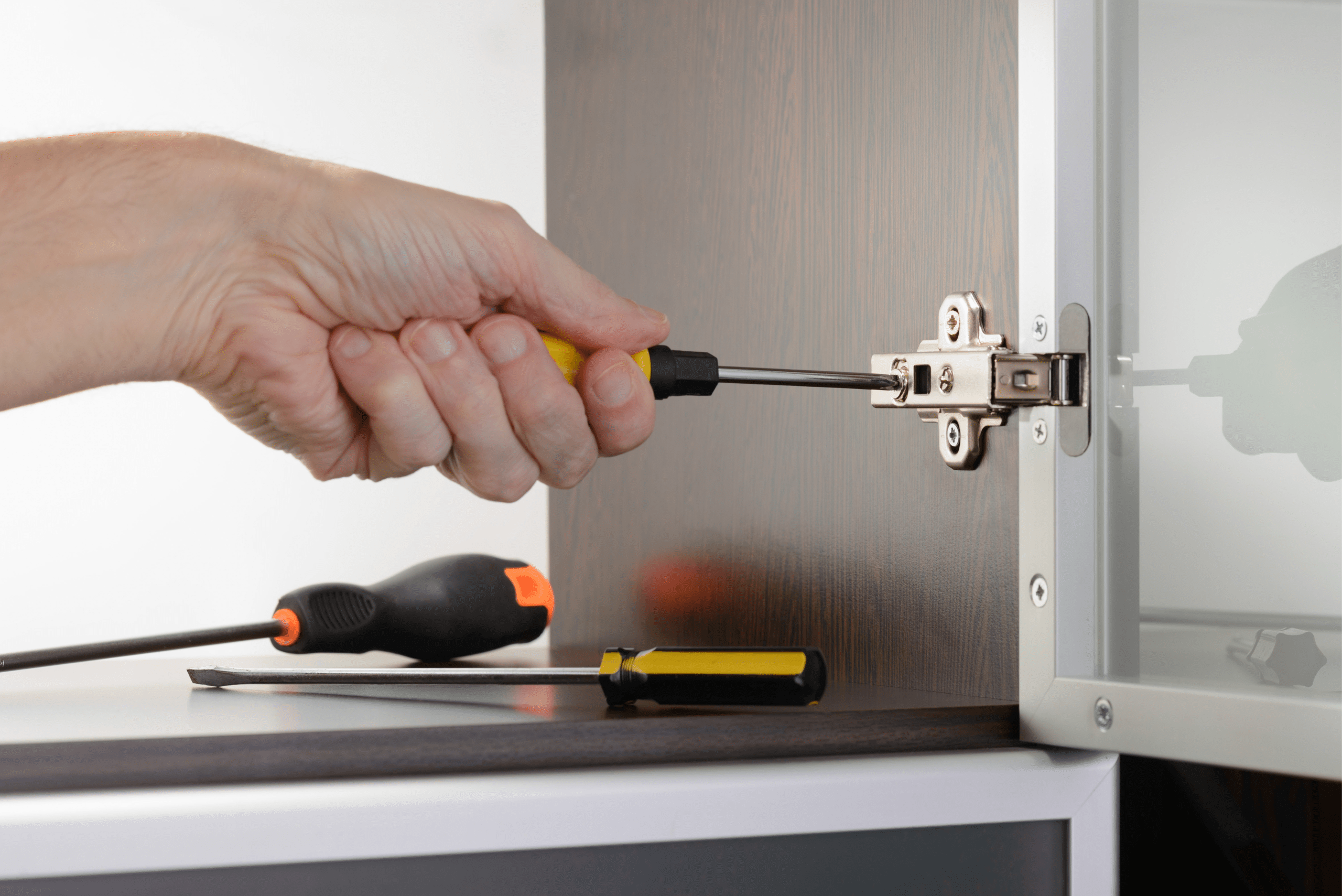
To ensure the longevity of your cabinet hinges, regular maintenance is essential. Keep the hinges clean and free from debris by wiping them down periodically. Additionally, check for any loose screws or misalignments and make necessary adjustments to maintain smooth door movement. Lubricating the hinges with a suitable lubricant can also help prevent friction and ensure optimal performance.
Cabinet Hinge Accessories: Making Life Easier
Enhance the functionality of your cabinet hinges with various accessories. Soft-close adapters can be added to prevent slamming and reduce noise. Door dampers are ideal for achieving a controlled and gentle closing motion. Additionally, hinge covers and decorative caps can add a touch of style and conceal the hinge mechanisms.
Troubleshooting Common Cabinet Hinge Issues
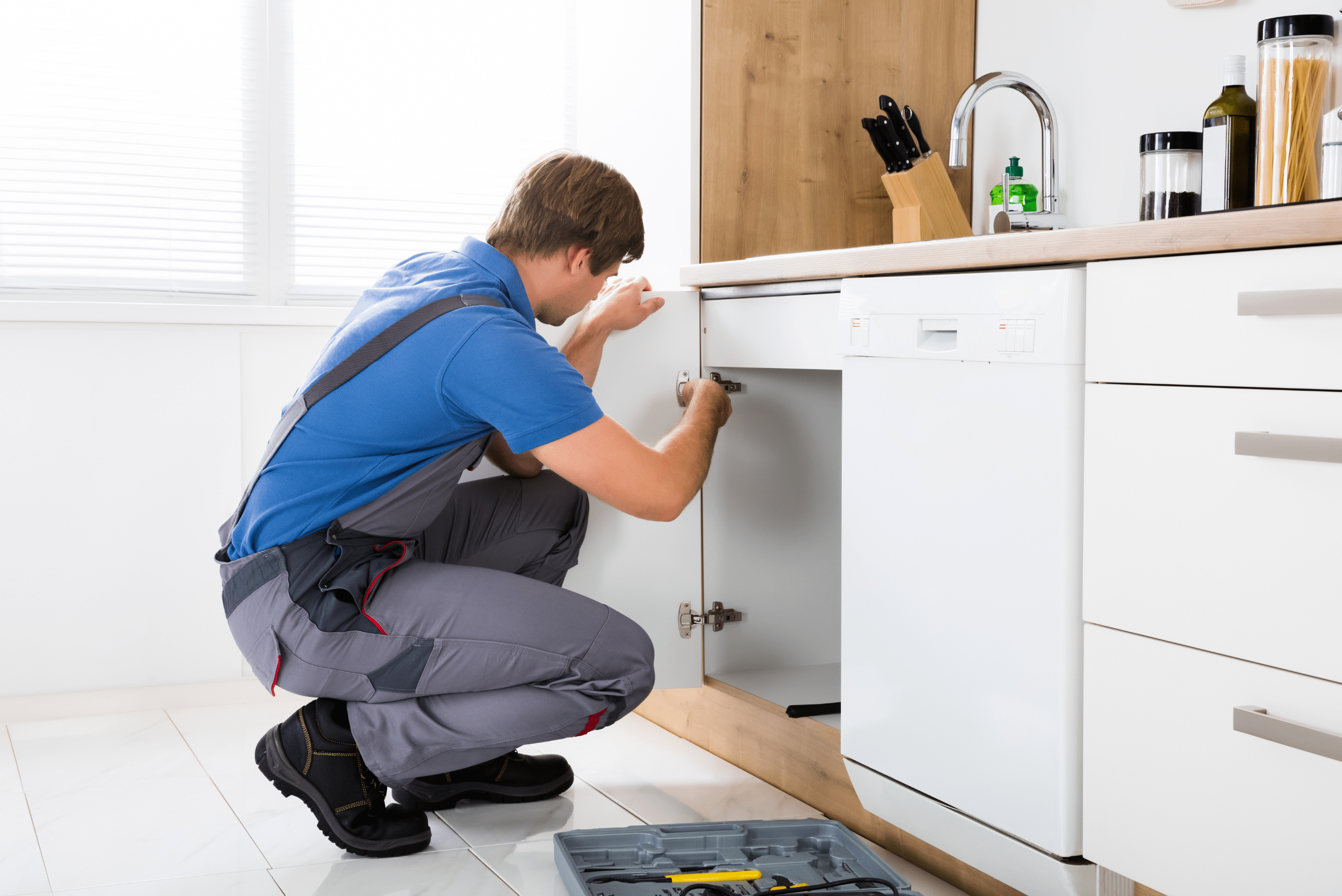
Over time, cabinet hinges may encounter common issues such as squeaking, misalignment, or loose screws. Squeaky hinges can be resolved by applying a lubricant or tightening loose parts. Misaligned hinges may require adjustments or reinstallation. Regularly inspect your hinges to identify and address any potential issues promptly.
Cabinet Hinge FAQs: Answering Your Burning Questions
Can I replace my cabinet hinges myself?
Yes, replacing cabinet hinges can be a DIY project with proper tools and guidance.
How many hinges do I need for my cabinet doors?
The number of hinges needed depends on the size and weight of the cabinet doors. As a general guideline, doors up to 40 inches tall require two hinges, while taller doors may need three or more.
Can I mix different types of hinges in my cabinets?
While it’s generally recommended to use the same type of hinge for consistent aesthetics and functionality, mixing hinge types can be done if necessary, provided the hinges are compatible with the cabinet design and door weight.
Read More From Us:
- How To Install Cabinet Handles Accurately and Efficiently
- 10 Types of Hinges and When to Use Them
- How to Choose Cabinet Hardware That Works For Your Home
Cabinet hinges may seem like a small detail, but they play a significant role in the functionality and appearance of your cabinets. By understanding the different types of hinges available, you can make informed decisions that align with your design preferences and practical needs. Whether you opt for overlay hinges for a classic look or concealed hinges for a modern touch, choosing the right hinge will elevate your cabinet experience. So, embrace the world of cabinet hinge types and unlock the potential of your cabinets with the perfect hinge choice.

